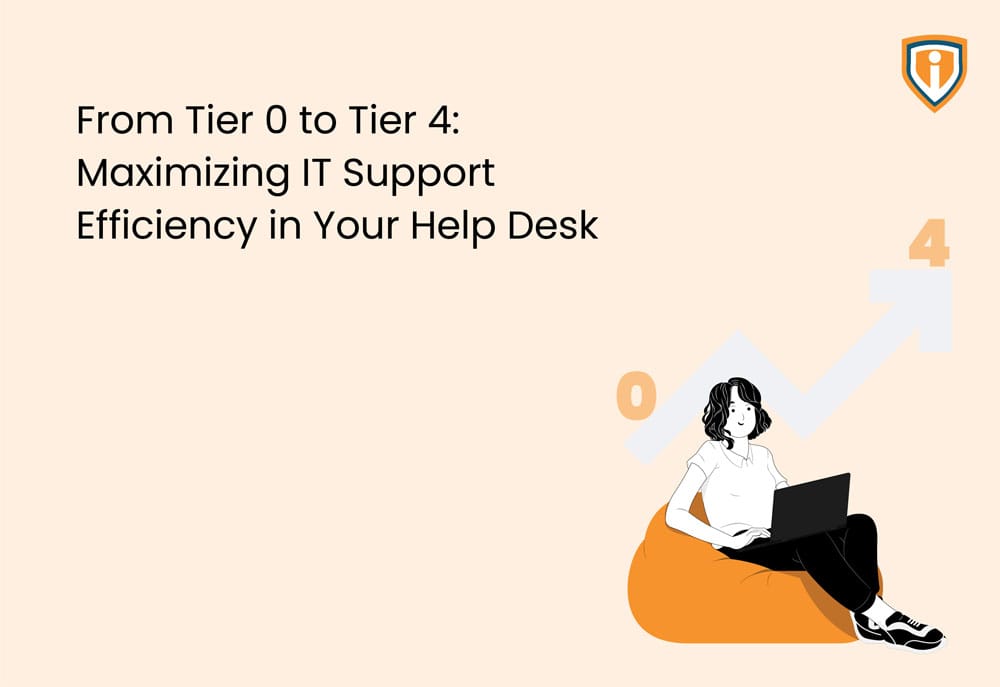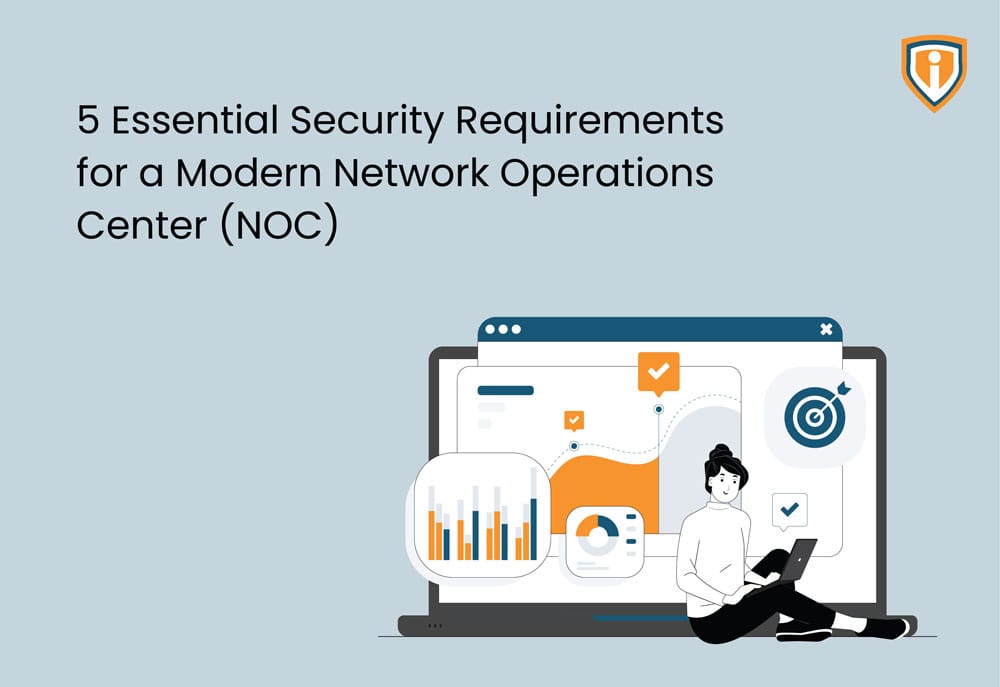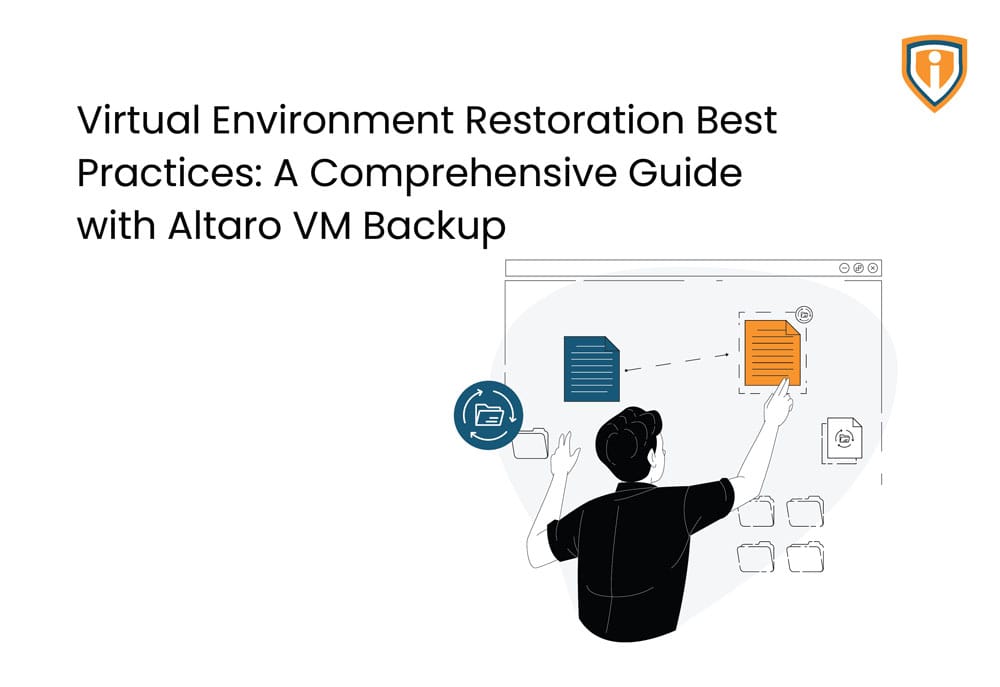Any technical help provided to people or businesses supporting hardware or software is referred to as IT support in its broadest sense. It usually focuses on assisting a user in troubleshooting a specific problem. To provide this assistance, a tech support representative frequently needs sensitive access to the user’s (or organization’s) network or device.
This implies that proper security measures must be in place, such as privileged access restrictions, password management, remote access security, session management, and so on. These will allow tech support to execute their jobs securely and productively without exposing themselves to security risks, expanding threat vectors, or putting themselves in danger.
The term “IT support,” which is often referred to as “tech support,” “technical assistance,” “help desk,” “customer support,” or “service desk,” refers to a wide range of distinct IT support roles that each carry several IT support certifications. These support aliases are divided into three categories:
IT Support Levels
We can allocate the best individual for each support staff member by classifying customer care into IT support levels. Level 0, or the IT help desk entry level, comprises duties to be completed and requests to be diverted from the helpdesk. Level 1 of IT support consists of simple client requests that require minimal IT assistance, Level 2 of more complicated issues, and Level 3 of subject matter specialists who can address the most challenging customer demands.
What Is Technical Support’s Role?
A technical support service assists users of technology goods or services. Technical support is also known as IT assistance, IT support levels, help desk, and service desk. Unlike regular training, technical assistance usually focuses on assisting with a particular problem or issue.
Technical assistance is typically included in or supported by a company’s overall customer care philosophy, so the group or division may be able to eliminate the divide between the digital world of information technology and the real world of client service.
In small organizations, technical support may be as simple as a single person or as sophisticated as many departments and workers.
The Advantages of IT Help Desk Tiers
Here are some reasons why you might consider designing an IT team with support tiers:
- Address your clients’ requirements strategically;
- Provide effective and enjoyable client satisfaction and experiences.
- Resolve minor concerns as soon as possible;
- For more complex challenges, develop timetables and processes.
- Boost staff morale;
- Improve staff training, development, and retention.
- Receive product development recommendations.
IT Support Level 0: Self-Service & Information Retrieval
IT support Level 0 includes all tools/resources that a company gives clients to fix an issue on their own. This contains catalogues of services, a self-service site, and knowledge base software. The primary feature of level 0 is the absence of direct customer-to-employee communication. A well-executed level 0 of IT technical assistance clients have simple resolutions at their fingertips.
Function
- The users’ guidance and information
Supporting Techniques
- Users may often access support material such as FAQs, detailed product and technical data, blog entries, manuals, and search tools via web and mobile pages or applications.
- Users can also utilize applications to search service directories and seek and get assistance without human involvement.
- Email, web forms, and socializing technologies such as Twitter, LinkedIn, and others are used to send inquiries and requests to upper support levels or corporate officials.
- Customers can use customer forums for crowdsourcing solutions, usually without the involvement of corporate professionals.
Required Abilities
- They require marketing and technical resources to produce, manage, and update product information.
- A development team is in charge of producing websites and apps.
- Moderators are appointed to monitor consumer forums.
- Tier 1 technical support staff responds to emails, websites, or social media inquiries. Must be able to communicate well.
Level 1 IT Support: Front-Line Basic Support
Tier 1 help desks are where staff and support teams interact directly with users to resolve technological difficulties. Customers will initially interact with a corporate representative via a multi-channel help desk. Thus, employees offering assistance must be prepared to fix the issue. Furthermore, tier 1 tech support should understand when to escalate a problem to a higher tier. Using dependable remote help desk software for practical client assistance is critical.
Function
- Resolving and delivering fundamental service desk issues
Supporting Techniques
- Assists with fundamental customer problems, such as resolving application issues and responding to service desk inquiries that require IT assistance.
- Layer 1 staff escalate concerns to a higher layer if they cannot give a solution or the issue is beyond their scope.
Required Abilities
- Lower-level technical professionals who have been taught to use scripting techniques to solve known faults and service concerns.
Level 2 IT Support: Advanced Support
Things become more complicated as they reach these levels of IT support. Tier 2 technical support professionals often give in-depth troubleshooting and under-the-hood help. Tier 2 IT assistance is frequently more knowledgeable about their organization’s software and hardware.
In other words, they ensure that problems escalated by level 1 IT support operators are treated appropriately due to a better-educated perspective.
Function
- Complete technical help
Supporting Techniques
- Technicians have vast knowledge and understanding to investigate problems and devise solutions for circumstances that Tier 1 cannot handle or fix.
- Tier 2 support escalates the incident to Tier 3 if no solution is given.
Required Abilities
- Support staff with a thorough grasp of the product, technology, or service but are not generally the engineers or programmers who conceptualized and created the technology politely.
Level 3 IT Support: Subject Matter Expert Support
Degree 3 is often the highest degree of IT assistance. Tier 3 help desk agents understand how a company’s goods and services work and how to access the most advanced technical resources.
Most typically, they create, maintain, and repair critical components that contribute to the structural integrity of systems and apps. They may frequently be asked to help develop new software and hotfixes for the network, code, and other tools.
Function
- Assistance with skilled goods and services
Supporting Techniques
- Access to cutting-edge technical resources for issue resolution or feature development.
- Third-level support technicians aim to reproduce issues and uncover fundamental causes by utilizing product designs, technologies, or standards.
- Based on the specifics of the problem, the organization determines whether to create a new repair after finding the root cause.
- Tier 1 and Tier 2 employees now have access to new patches.
Required Abilities
- Tier 3 specialists are typically the product’s most highly trained professionals and may include the product’s creators, primary architects, or engineers.
IT Support Level 4: External Assistance
This layer of IT support covers outside technical support that is given but not maintained by the enterprise.
A faulty set of monitors and printers purchased by the corporation is now causing issues. As a result, damaged gadgets are repaired or replaced by authorized sellers.
Function
- External aid for circumstances in which the organization is unable to assist.
Supporting Techniques
- Contractual support for items the organization provides but not directly serviced, such as printer servicing, software support from the manufacturer, machinery maintenance, depot help, and other outsourcing.
- Problems or requests are sent to tier 4 help, and the organization monitors their implementation.
Required Abilities
- Trusted suppliers and business colleagues who offer support, services, or goods from your organization.
To Conclude
Using a tiered system to organize help desk support is the most innovative method to guarantee that your IT team functions appropriately. You can get the following results by establishing five tiers of IT support:
- Only receive tickets that are repetitive and simple to resolve.
- Most requests should be filtered so that skilled agents (levels 2 and 3) may focus on complicated activities that need particular knowledge.
- Create a culture of information sharing and career opportunities for your employees.
- Improve employee satisfaction by providing practical answers to their challenges.
In this regard, the five levels of IT support provide a model for segmenting what has to be done at each step, as well as the skills your analysts should have to handle the task. And, like with any model, you can begin tailoring it to your business once you understand the fundamentals.





